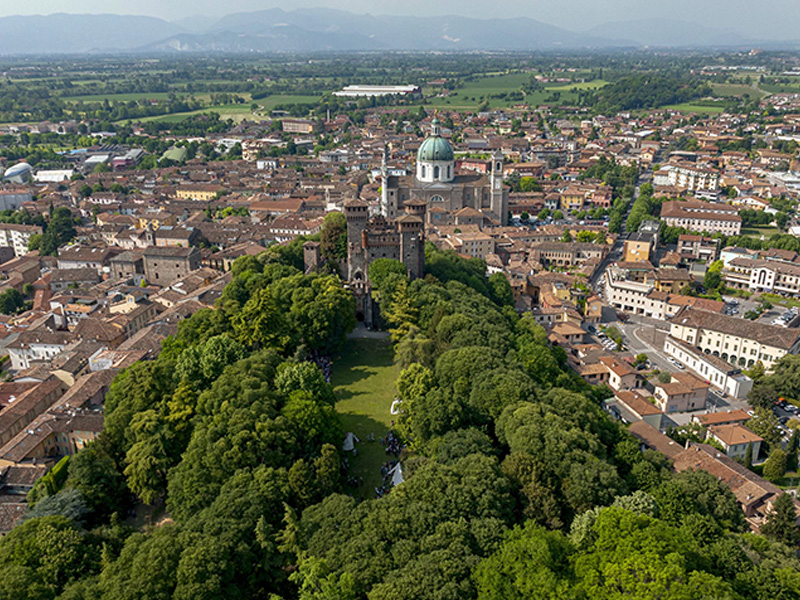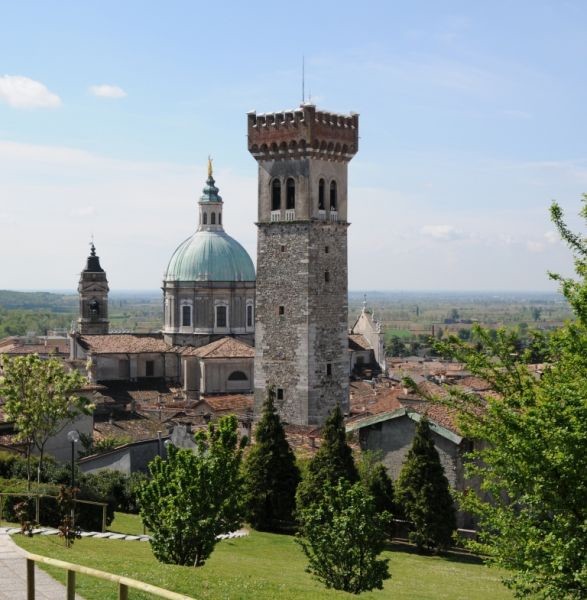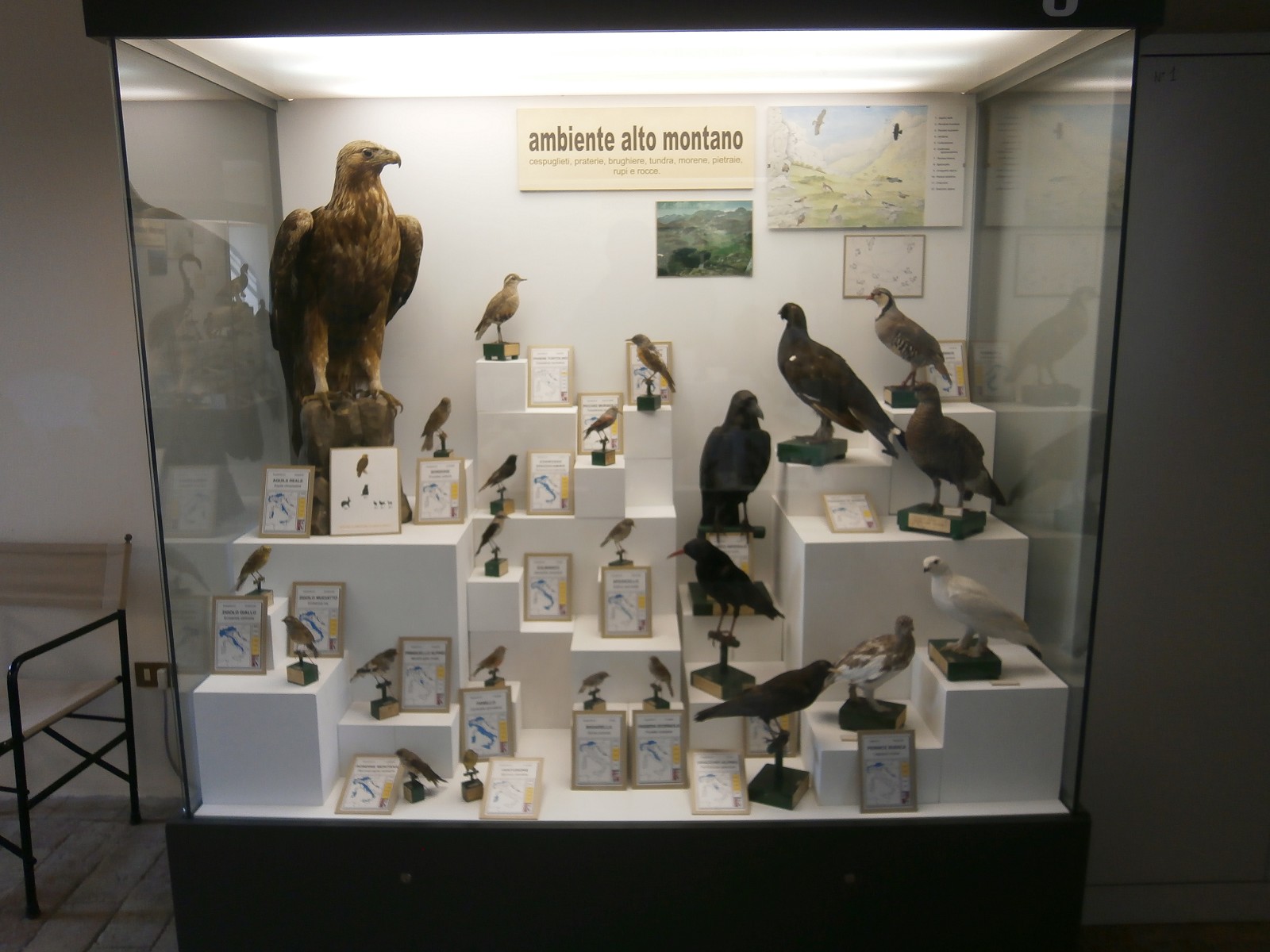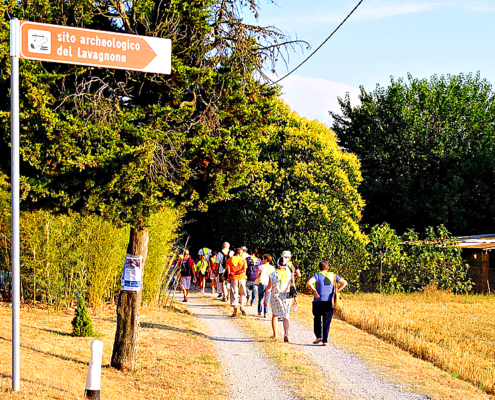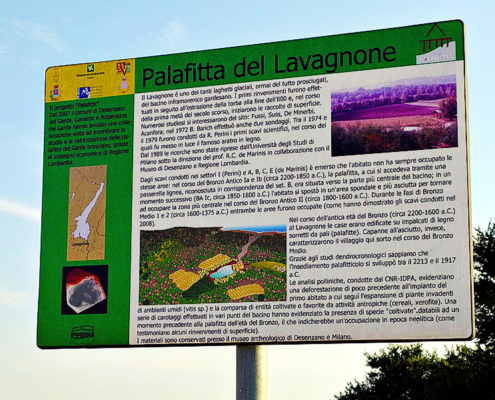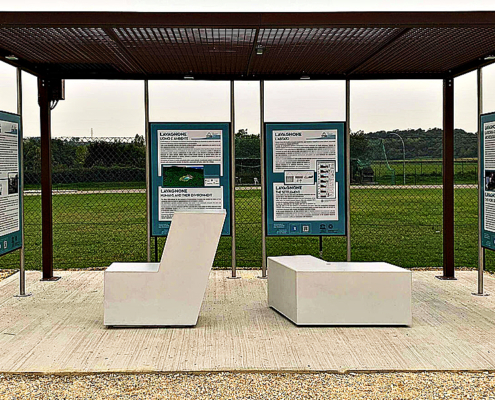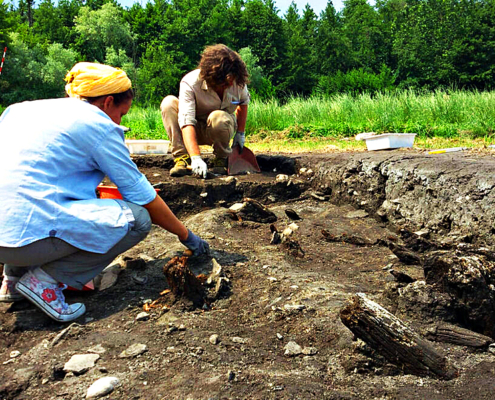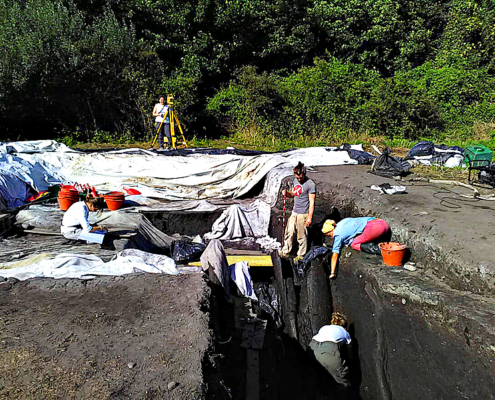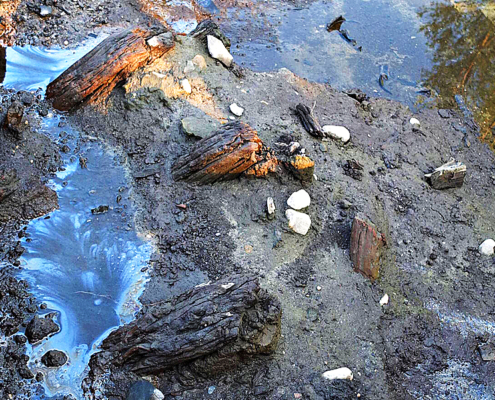![]() – Lonato del Garda
– Lonato del Garda
Archaeological site “Lavagnone”
Excavations conducted in 1873 in the Polada area, on the border with Lonato, revealed a Bronze Age pile-dwelling station, from which the name Polada Culture originated. A contemporary settlement discovered in the Lavagnone area has become part of the UNESCO world heritage site.
The remains of the Roman villa that emerged near Borgo Regio, along the ancient Via Gallica, can be dated between the 2nd and 3rd centuries: in the best preserved parts of the floor, the depictions consist of hunting scenes, scenes of grape harvesting and fruit picking, and finally crosses depicting flowering branches starting from craters.
The Lavagnone basin, which extends between the municipalities of Desenzano and Lonato, is one of the many small lake basins that characterize the landscape of the morainic amphitheater of Garda.
Today, a small marshy area has survived from the ancient lake and still occupies the central part of the basin, while after the reclamation (carried out at the beginning of the 20th century) the lake bed was transformed into cultivated fields.
The first collections of archaeological materials on the site date back to the beginning of the 20th century but it was necessary to wait until the years 1958-61 for scientific investigations in the area. Since 1989 the University of Milan has conducted annual excavation campaigns.
Lavagnone is one of the most important archaeological sites in northern Italy. The shores of this lake were inhabited starting from 6500 BC. from Mesolithic Castelnoviani groups and subsequently during the Neolithic; the best documented chronological phases, however, are those of the Bronze Age, when the basin was inhabited without interruption from the initial phases of the Ancient Bronze Age (end of the 3rd millennium) to the Recent Bronze Age (approximately 13th century BC).
The Lavagnone pile-dwelling is one of the 111 pile-dwelling settlements forming part of the transnational site “Prehistoric pile-dwelling sites of the Alpine arc” declared a World Heritage Site in 2011 by UNESCO.
In 1978, a plow was discovered in a peat layer, stuck between the poles of the pile-dwelling settlement dating back to an initial phase of the Polada culture (around 2000 BC). This is the oldest plow that has come down to us, made entirely of oak wood (the yoke is instead made of beech). It has been preserved in excellent conditions thanks to the characteristics of the archaeological deposit: the peat is in fact anaerobic and therefore does not allow the wood to decompose. Numerous other wooden artefacts from Lavagnone are on display at the Archaeological Museum of Desenzano del Garda.
Good to know


